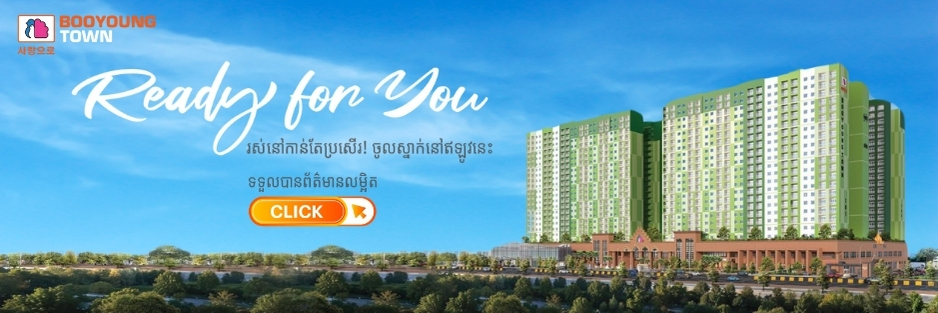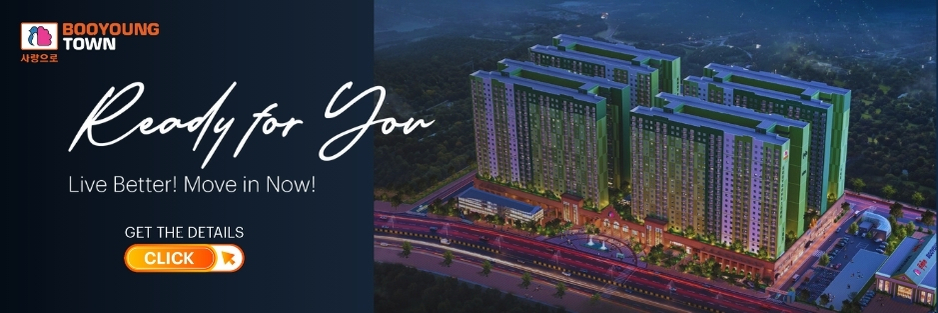
Buildings under construction in Sihanoukville in 2021. The land ministry approved a total of 4,275 construction investment projects in 2022, with total registered capital of $2.968 billion, down 46.8 per cent on a yearly basis from $5.580 billion. Heng Chivoan
The land ministry issued permits for the construction of 1,463 investment projects in January-May, covering “more than five million” square metres, with total registered capital of $2.270 billion, or up 138.52 per cent on a yearly basis from just over $0.95 billion.
Ministry of Land Management, Urban Planning and Construction secretary of state Lao Tip Seiha revealed these figures at a June 23 roundtable discussion on the real estate market situation.
Tip Seiha pointed out that just 41 projects (2.80%) were foreign-owned, notably by Chinese, Japanese and South Korean investors. However, these ventures made up nearly $600 million (roughly one quarter) of the total registered capital, he noted.
“The current uptick in investment projects corroborates the Ministry of Economy and Finance’s assessment that the construction sector is poised for growth,” he stated.
He said that there are 2,586 buildings at least five storeys tall in Cambodia, with Phnom Penh housing the most at 1,711 (66.16%), followed by Preah Sihanouk (690; 26.68%) and Banteay Meanchey (142; 5.49%) provinces. Similarly, there are 52 buildings nationwide that are at least 40 storeys tall, Tip Seiha added.
It was not immediately evident whether a building must have a fifth floor to be formally categorised as a five-storey tall construction due to the two distinct local ways of counting. In other words, a building with floors 1-4 in addition to a ground level may be regarded as having four rather than five storeys.
However, Tip Seiha later told The Post that, in the context of these statistics, a building must have floors 1-5 in addition to a ground level to be considered five storeys tall.
Speaking to The Post on June 26, Housing Development Association of Cambodia secretary-general Huy Vanna remarked that the construction industry had grown significantly between 2008 and 2019, as demonstrated by the emergence of substantial numbers of small and large buildings, particularly in Phnom Penh and Preah Sihanouk.
However, after the government amended some laws relating to online gambling, followed by the arrival of Covid-19, the Cambodian construction sector declined sharply, especially the segment of large foreign-owned buildings, he said, adding that almost all ongoing projects are either apartments or the typically-gated residential developments known locally as “borey”.
“The continuing succession of economic crises that began in end-2019 has left the Cambodian construction sector in a state like never before, with most developments now low-rises owned by local investors,” he said.
Tip Seiha also brought up the National Housing Policy adopted in 2014, which indicates that 1.1 million additional homes will be needed between 2015 and 2030 – 0.8 million of them in urban areas – to accommodate Cambodia’s projected population of more than 18 million at the end of that 16-year period.
According to data published by the finance ministry, the land ministry approved a total of 4,275 construction investment projects in 2022 – down 28 projects or 0.65 per cent from a year earlier – with total registered capital of $2.968 billion, down 46.8 per cent on a yearly basis from $5.580 billion.
The housing segment represented 3,768 of the projects – up from 3,720 a year earlier – or an 88.14 per cent share of the total, up from 86.45 per cent in 2021.
The finance ministry broke down the 2022 approvals by category: residential (3,768), commercial (228), industrial (184), public (58), tourism (36) and other (1). The analogous 2021 figures were: residential (3,720), commercial (301), industrial (184), public (47), tourism (49) and other (2).











